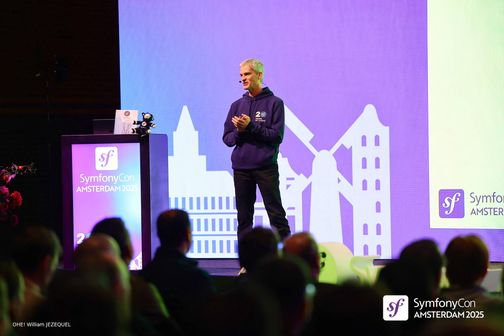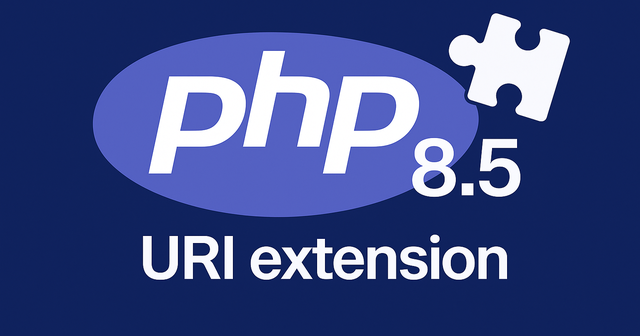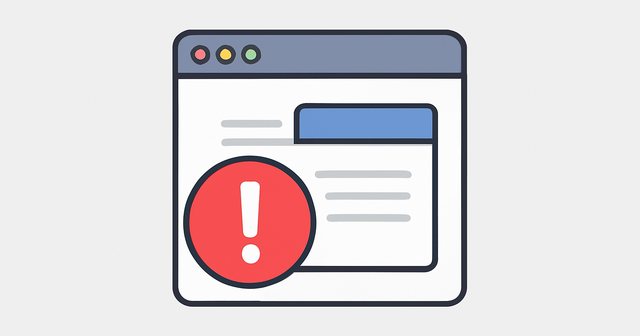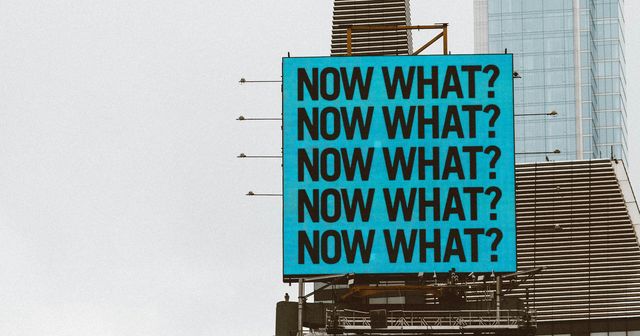Understanding Domain-Driven Design: A Practical Approach for Modern Software Architecture
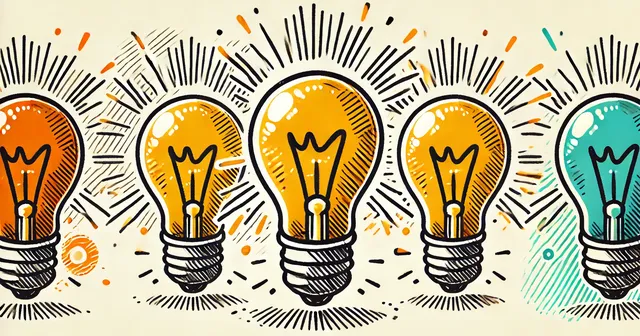
Explore Domain-Driven Design (DDD) principles and patterns like Ubiquitous Language, Aggregates, and Bounded Contexts. Learn how DDD fits seamlessly into PHP and Symfony projects, helping you align software with business needs.
In today’s fast-paced world of software development, aligning technical implementations with business needs is more important than ever. Domain-Driven Design (DDD) offers a structured way to tackle this challenge by emphasizing the importance of business logic and domain knowledge in the development process. In this post, we’ll take a look at DDD’s core concepts, principles, and how it can help build software that truly reflects the intricacies of your business domain.
What is Domain-Driven Design?
Domain-Driven Design, introduced by Eric Evans in his book Domain-Driven Design: Tackling Complexity in the Heart of Software, is a methodology focused on understanding and modeling a business domain in software. DDD advocates for a clear, collaborative approach between developers and domain experts to ensure that the software’s model accurately reflects real-world processes.
Core Principles
1. Ubiquitous Language
At the heart of DDD is the concept of ubiquitous language—a shared language that both developers and domain experts use to communicate. This language becomes the foundation of your domain model, and it’s important that terms and concepts from the business domain are consistently used in both conversations and code. For example, if the business refers to customers, invoices, and payments, your domain model should reflect those terms.
By fostering communication in a common language, DDD helps ensure that everyone on the team—whether technical or non-technical—has a clear understanding of the system.
2. Entities and Value Objects
In DDD, we model objects that are part of our domain as entities or value objects:
Entities are objects that have a distinct identity that runs through time, such as a Customer or Order. Even if their attributes change, their identity remains the same.
Value Objects are immutable and do not have an identity. Their equality is determined by their properties. A classic example is a Money object, where two Money objects with the same currency and amount are considered equal.
Understanding this distinction helps in designing a robust domain model where you can focus on behavior and relationships.
3. Aggregates and Aggregate Roots
An aggregate is a cluster of related objects that we treat as a single unit for data changes. At the top of this hierarchy is the aggregate root, which acts as the entry point for accessing and modifying the aggregate. For example, in an Order aggregate, Order would be the aggregate root, and it might contain related entities like OrderItem or Payment.
Aggregates ensure that our system maintains consistency. All updates to entities inside an aggregate go through the aggregate root, ensuring that rules and constraints are respected.
Strategic Design
1. Bounded Contexts
In large systems, different parts of the business may have different interpretations of the same concept. This is where bounded contexts come into play. A bounded context is essentially the boundary within which a particular model applies. For example, in one context, Customer might refer to a paying client, whereas in another context, Customer could refer to a free user.
By clearly defining these boundaries, DDD helps avoid ambiguity and keeps the model clean.
2. Context Mapping
Even though bounded contexts are independent, they often need to interact. Context mapping defines the relationships and interactions between different bounded contexts. You may have a “Customer Bounded Context” that interacts with a “Billing Bounded Context” through specific interfaces. Context mapping strategies such as shared kernels, customer-supplier, and conformist relationships help structure these interactions clearly
3. Subdomains
Understanding the business domain is key to identifying the core domain, supporting subdomains, and generic subdomains. The core domain represents the area that differentiates your business from others. Supporting subdomains provide necessary but not business-critical functionality, while generic subdomains handle common tasks such as authentication or payment processing.
Tactical Patterns
1. Repositories
Repositories provide an abstraction for persisting and retrieving aggregates. They hide the details of data access from the domain layer and allow the domain model to focus purely on business logic. For example, a CustomerRepository might provide methods like findCustomerById() without revealing whether the data comes from a database, an API, or another source.
2. Factories
Creating complex objects, especially aggregates, can sometimes involve intricate logic. Factories encapsulate this creation logic, ensuring that domain objects are constructed correctly. They can either be static methods or dedicated classes.
3. Services
There are times when a specific operation does not fit naturally within an entity or value object. In such cases, we use domain services. These services encapsulate business logic that involves multiple entities but does not belong to a specific entity. For example, a PaymentService could handle operations like charging a customer, which involves a customer entity, payment details, and order information.
Implementing Domain-Driven Design in PHP and Symfony
If you’re working with PHP and Symfony, DDD fits naturally into the architecture. Symfony’s modular structure aligns well with bounded contexts, and repositories can be implemented through Doctrine’s ORM layer. Here are a few tips on how to incorporate DDD into your Symfony projects:
Use Value Objects: Symfony’s validation component works well with value objects. Instead of passing around primitive types, use objects to represent domain concepts like
EmailAddressorPrice.Aggregate Roots with Doctrine: Doctrine allows you to map aggregates and persist them via repositories. Make sure you only expose your aggregate root for any interactions outside of the aggregate.
Bounded Contexts via Bundles: Symfony bundles are an ideal way to separate bounded contexts within a larger application. Each bundle can represent a different part of your domain.
Challenges in Adopting Domain-Driven Design
While DDD offers powerful tools to build software that mirrors business needs, it comes with challenges:
Complexity: DDD requires a deeper understanding of the business domain, and modeling this accurately can be time-consuming.
Learning Curve: For teams unfamiliar with DDD, there’s a learning curve, both in terms of understanding the concepts and applying them effectively.
Legacy Systems: Transitioning an existing system to DDD can be difficult, particularly if it was built without clear boundaries or separation of concerns.
At SensioLabs, we’ve faced these challenges head-on while adopting DDD. By carefully structuring our projects into bounded contexts and working closely with domain experts, we’ve been able to build scalable, maintainable software that truly reflects our clients’ business needs.
Conclusion
Domain-Driven Design is a powerful tool for bridging the gap between business and software development. By focusing on the domain, creating a shared language, and leveraging tactical and strategic patterns, DDD helps teams build systems that are both robust and aligned with business objectives. While the approach can be complex, the long-term benefits of clear boundaries, maintainability, and business alignment make it well worth the investment.
By applying these principles and tactics, your next project might just turn into a success story in DDD!
